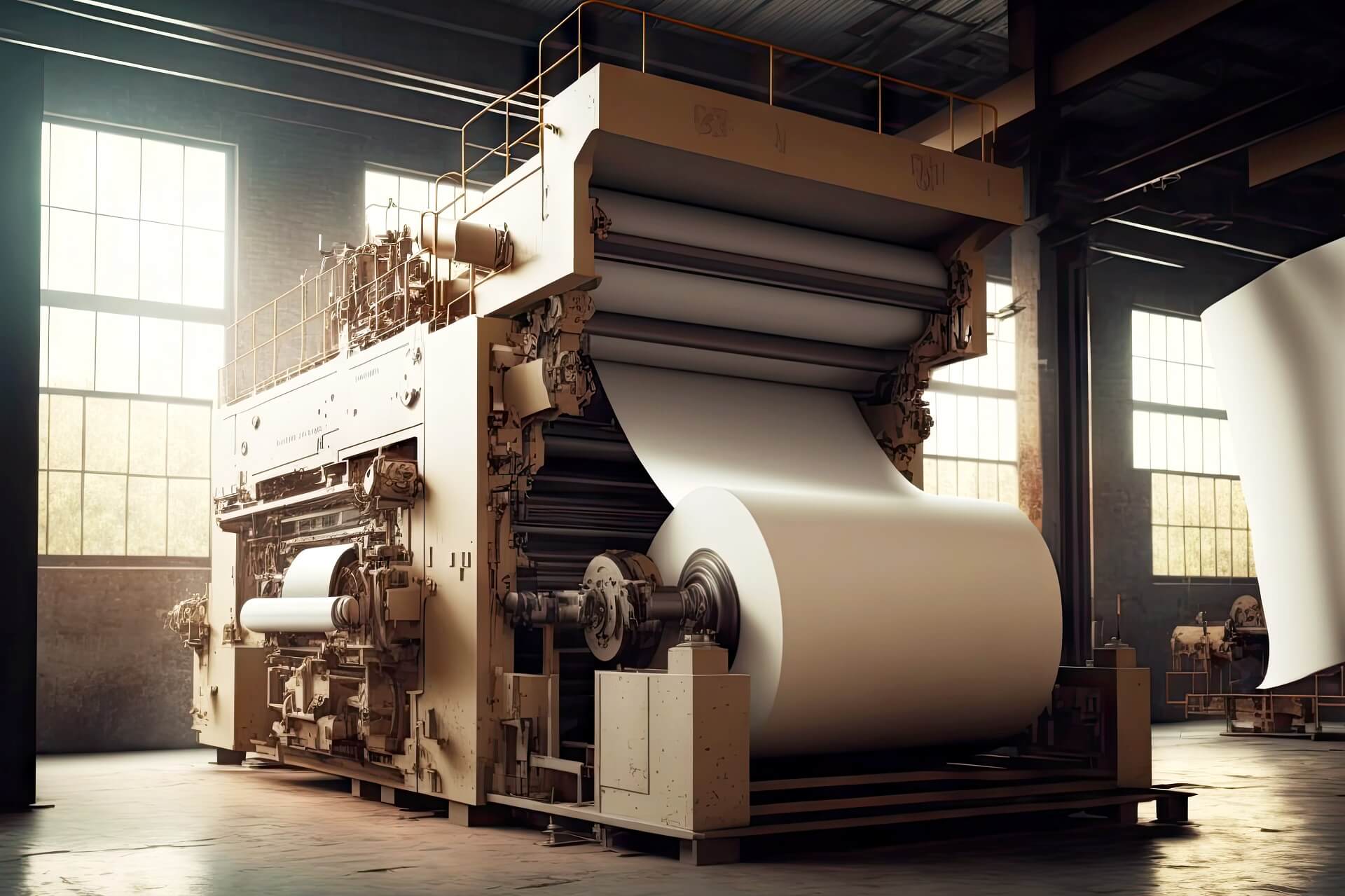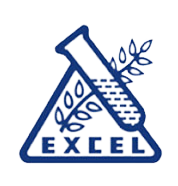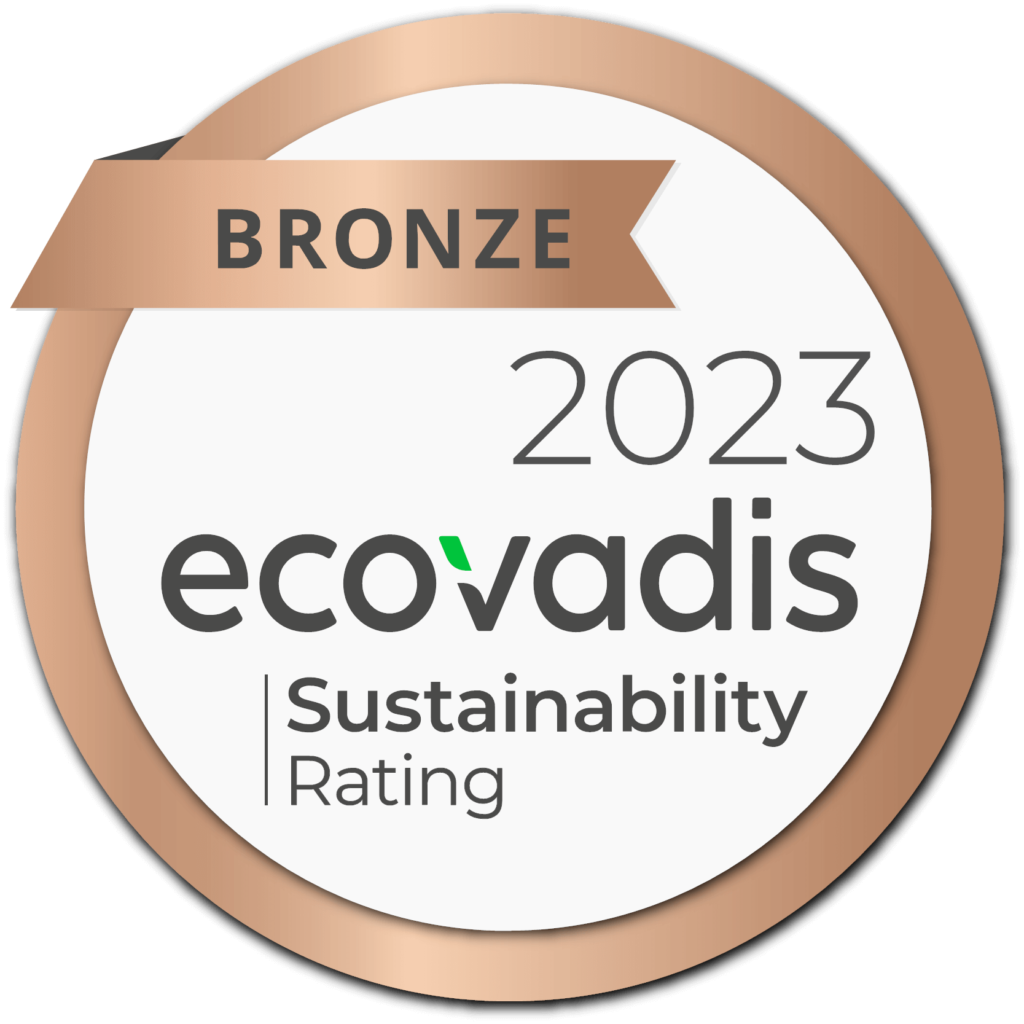1) Cosmetics & Personal Care Product:
A vital function of Phosphonate in cosmetic industry is the ability to control metal ions. In cosmetics and personal care products, minute levels of iron can stimulate rancidity in the fatty acids used in these items. CODEX chelation properties control undesirable metal ion such as iron, subsequently averting rancidification. Codex 7101 & Codex 8503 are very effective in preventing rancidification in cosmetic & personal care products. Optimum level is 0.05 % active. Codex 7101 is the conventional Phosphonate used as a stabilizer in commercial personal care products. Etidronate or Etidronic acid are its CTFA (Cosmetics, Toiletries, Fragrance Association) name.
- Hair Products
- Hair Colour Product
- Bleach Stabilization
- Codex 7101
- Hair Damage Preventation
- Codex 7101
- Shampoo
- Foam Enhancement
- Codex 7101
- Foam Enhancement
- Mercaptan Containing Formulation
- Discolouration
- Codex 7101
- Discolouration
- Bleach Stabilization
- Hair Colour Product



2) Electroplating
Electroplating is the deposition of a thin metallic layer on a surface by passing an electric current through a solution in which the object has been immersed. The solution, or plating bath, contains dissolved salts of the metal or metals being deposited. A major portion of plating baths include cyanide as the sequestrant which holds the metal in solution. Cyanide works very well, but the highly toxic cyanide solutions must be carefully maintained at a basic pH to avoid evolution of hydrogen cyanide. Moreover disposal costs of the environmentally unacceptable cyanide are also rapidly escalating. Codex phosphonates can be used in eg Copper plating baths, in place of cyanide, to hold the desired metals in solution and to chelate trace metal impurities.
- Sequestration of Metal Ion
- Codex 661
- Codex 8503
- Codex 4503
- Dispersion
- Codex 661
- Codex 8503
- Codex 4503

3) Electronics
Control of heavy metals is critical in the process of silicon wafer cleaning and electroplating. Specifically designed Codex Phophonates do have the required purity and heavy metal chelation properties to be used in electronics applications.
Alkaline hydrogen peroxide based cleaning solutions are used for the cleaning of silicon wafers in semiconductor manufacturing. Although these cleaning mixtures have excellent particle removal capabilities they are very often not optimized for metallic contamination. It is known that metallic contamination when present in the bath will decrease the bath lifetime due to the metal catalyzed decomposition of peroxide. Moreover subsequent acid cleaning steps are required to remove residual metals from the wafer. Codex Phosphonates are used to stabilize peroxide cleaning solutions and to reduce heavy metal contamination of silicon wafers.
- Heavy Metal Chealation
- Codex 661
- Codex 4503
- Peroxidex Bath Stabilazation
- Codex 4503
- Codex 5323



4) Construction Materials
The Codex Phosphonates are extremely effective in retarding the hardening of the cement. The Codex Phosphonates extend the cement setting time to allow for:
- Placing cement in very hot environments such as oil wells and geothermal wells.
- Reclaiming unused cement from construction sites at the end of the day (setting is delayed overnight by the addition of Codex phosphonates).
- Premixing of large amounts of cement for construction in hot and dry climatic conditions, and
- Pumping cement over long distances.
- Cement Retardant
- Codex 5323
- Codex 7101
- Codex 8503

5) Ceramics
The Codex Phosphonates are extremely effective dispersants. They can be used as plasticizers for clay slurries used in ceramic processes resulting in reduced drying energy costs. Moreover Codex products can be used to control scale depositions in the ceramics factory pipe systems.
- Slurry Dispersion
- Codex 8503
- Codex 9403


6) Paints, Coatings and Slurries
The Codex Phosphonates, are extremely effective dispersants. They can be used to reduce the viscosity of coatings and slurries and as dispersants for water based paints. Moreover Codex phosphonates have the required heavy metal chelation properties which allow for the control of heavy metals in case they would interfere with the stability of the paint.
- Chelant for Heavy Metal
- Codex 4503
- Codex 5323
- Dispersion
- Codex 661
- Codex 7101

7) Pulp & Paper Processing
Hydrogen peroxide is rapidly replacing chlorine as the bleaching agent of choice for increasing brightness of paper pulp. In the absence of a stabilizer, a significant portion of peroxide is wasted as a result of decomposition, catalyzed by heavy metals present both in the wood pulp and in the process equipment. Codex Phosphonates effectively sequester transition metal ions such as iron, copper and manganese, allowing the peroxide to do its work as a brightening agent. Codex Phosphonate can also be used as a pretreatment chemical for wood pulp for extraction of transition metals prior to actual bleaching.
Phosphonates also offer scale inhibition in the bleaching bath, a function not provided by more typically used stabilizers, such as sodium silicate and DTPA.
- CaCO3 Inhibition
- Codex 8503
- Codex 9403
- CaSO4 Inhibition
- Codex 4503
- Paper Bleaching, Peroxide Stabilization
- Codex 5323



8) Metal Finishing :
Codex Phosphonates should be considered for a variety of metal finishing applications. Potential functions of Codex include:
- Use as an agent for the protection of metal surfaces. Codex Phosphonate can be used to provide corrosion protection for steel and aluminium in a variety of applications.
- Addition to metal plating baths to complex trace metal impurities or to act as the primary electrolyte
- Addition to aluminium etching baths to inhibit the formation of aluminium oxide / hydroxide precipitates and to keep formed precipitates suspended in solution.
- Aluminium Cleaning
- Codex 8503
- Codex 551
- Copper Cleaning
- Codex 661
- Copper Cleaning, Peroxide Stabilization
- Codex 5323
- Descaling Bath
- Codex 661
- Hot rinse to remove Insoluble Hydroxide
- Codex 661
- Rust Removal & Metal Passivation
- Codex 661



